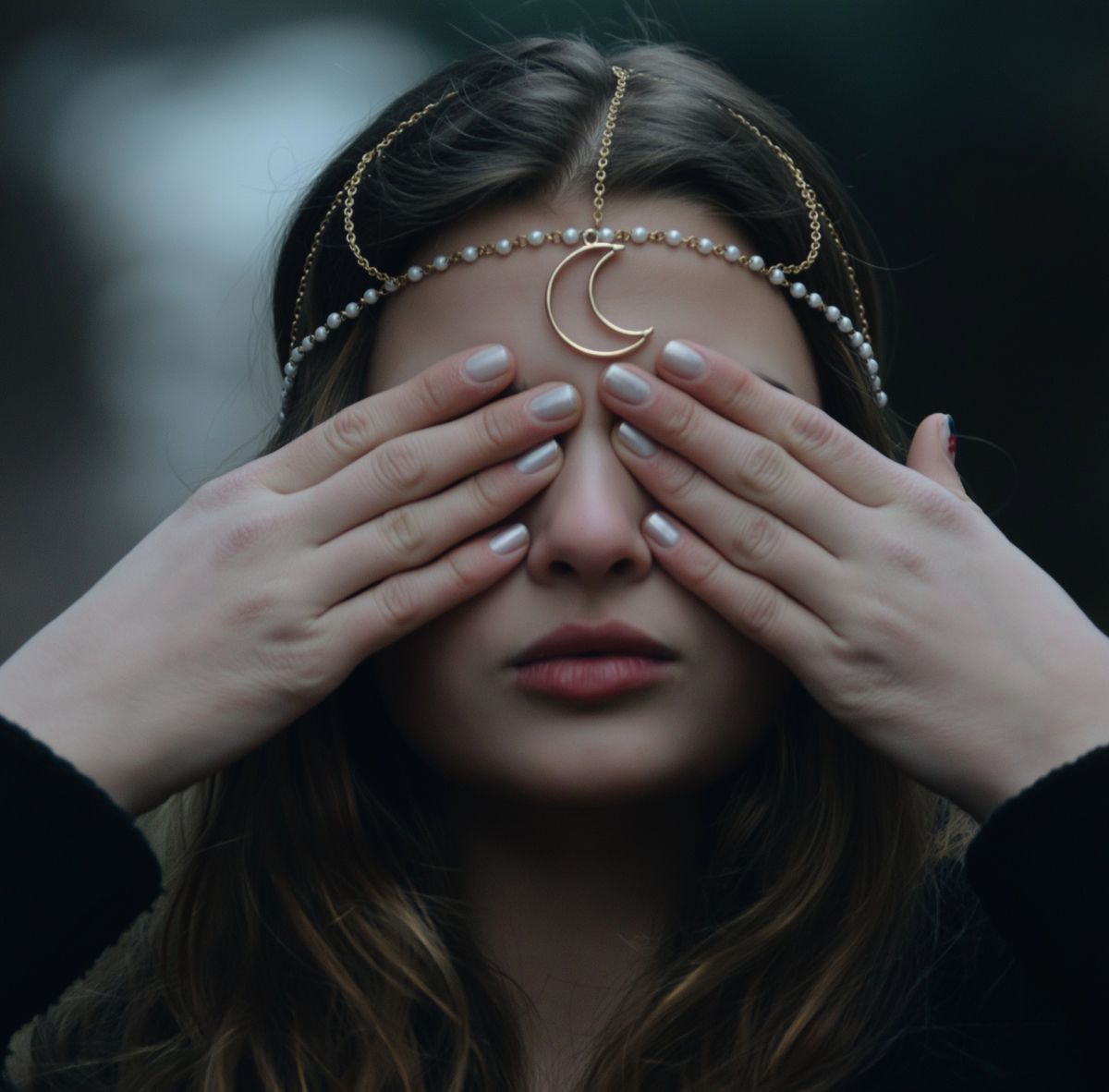
Sun Opposite Moon Natal Aspect
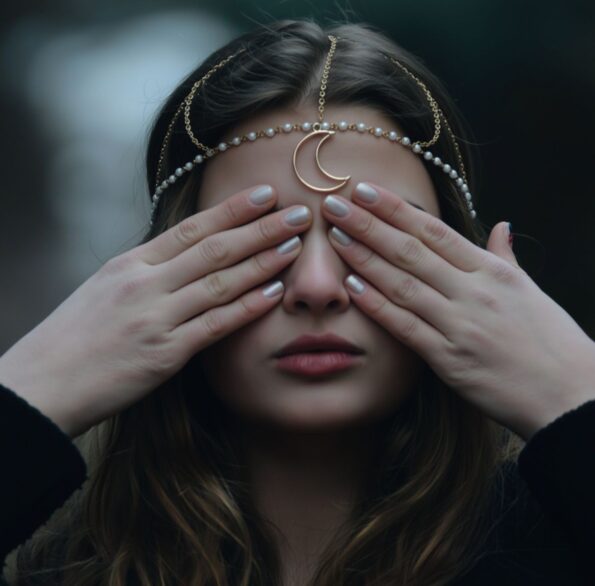 When the Sun is in opposition to the Moon in a natal chart, it indicates a powerful gravitational pull between two competing forces. There’s the part of you that’s free to express your unique sense of style and vision for the future of your life (Sun). On the other side, there’s the introspective side of your nature (Moon). What it involves astrologically is the two most essential parts in astrology, therefore we are talking here about the king and queen, mother and father, the left and right eye. The huge contrast between day and night is reflected in the polarity between these two stars. Psychologically speaking, the Sun and the Moon represent one’s conscious and unconscious selves. The Sun and the Moon represent the inner and exterior aspects of a person, respectively. This inner conflict is something a person comes to know well when the Sun is in opposition to the Moon.
When the Sun is in opposition to the Moon in a natal chart, it indicates a powerful gravitational pull between two competing forces. There’s the part of you that’s free to express your unique sense of style and vision for the future of your life (Sun). On the other side, there’s the introspective side of your nature (Moon). What it involves astrologically is the two most essential parts in astrology, therefore we are talking here about the king and queen, mother and father, the left and right eye. The huge contrast between day and night is reflected in the polarity between these two stars. Psychologically speaking, the Sun and the Moon represent one’s conscious and unconscious selves. The Sun and the Moon represent the inner and exterior aspects of a person, respectively. This inner conflict is something a person comes to know well when the Sun is in opposition to the Moon.
Sun and Moon Split
The Sun, all ego and selfhood, says, “Come now! Be yourself! Set forth on your own path! Meanwhile, the Moon murmurs, “Remember where you came from. Don’t stray too far. Tradition has its hooks in you yet.” When the Sun and Moon oppose, you feel it deep in your emotional self. The Sun, in the Western tradition, has always been the power of individuality. It says, “Here I am! It is the impulse to live visibly. Without the Sun, there would be no destiny. It urges you towards your personal hero’s journey.
But the Moon tugs at you with an older claim. The Moon speaks of memory, bloodlines, inherited dreams and fears. It holds the collective grief and the collective joy of all those who came before you, tucked away in the dark folds of your being. In Eastern traditions, where the Moon is revered, life is seen as a continuous thread connecting you to family, community, and spirit.
When these two bodies oppose one another, it is a primal howl that shakes you from the inside. You may find yourself pulled taut, wanting desperately to leap into a new life — a new city, a new name, a reinvention — and yet find your ankles tangled in the ghostly vines of nostalgia, of duty, of belonging to something older than you. It’s like trying to sprint forward while the roots of an ancient tree are wrapped lovingly but insistently around your feet. The friction you feel is the necessary need for transformation. This isn’t a moment to choose one side and abandon the other — this would be a betrayal either of your individuality or your heritage. Instead, it is an opportunity to integrate. To become a creature who carries both light and shadow.
This eternal dialogue, is why even the most outwardly rational among us sometimes crumbles in the face of an old song, an unexpected smell, a dream that leaves us hollowed out and wondering. Astrologers and psychologists of old, have long known that the phase of the Moon at your birth is no minor detail — it is the code to your soul’s internal rhythm. Dane Rudhyar observed that to be born under a Full Moon is to be forever split, standing with one foot in vision and the other in alienation. The Full Moon child is both illuminated and shadowed. They embody a tension so profound that it can drive them to heights of expression or plunge them into pits of existential despair. Their peace comes only from learning to live at the center of their own contradictions.
Sun opposite Moon Aspect
When the Sun and Moon stand in opposition, the tug between outward ambition and inward pull can project itself onto the stage of your external life, particularly in your most intimate, fateful bonds. In marriage, or in long-term unions, the Sun–Moon aspect often manifests as a chronic clash of fundamental values. One partner, energized by the Sun’s call, seeks expression, visibility, achievement. They want expansion, adventure, public life. Meanwhile, the other, under the Moon’s governance, finds their soul’s contentment in the private, the protected, the rhythmic rituals of home and intimacy. They don’t necessarily oppose the other’s dreams, but they don’t share their fire. They dream instead of a different form of fulfillment: closeness, predictability, rootedness.
This clash is rarely announced with shouting and slammed doors (though that might come later if left unexamined). It’s two people living parallel lives, speaking different emotional dialects, both believing they are honoring love — and both quietly wondering why the other feels so far away.
In the parental sphere, the Sun–Moon opposition often lays its roots even earlier, as a child’s first silent education in the art of handling opposites. The child, tiny and sensitive, absorbs both energies — but also the tension between them. These early experiences etch deep pathways in the child’s psyche. They learn to mediate between opposing realities, but they also carry a seed of division within them: an inner loyalty test that will often play out later in adult relationships, where choosing between self-expression and emotional safety becomes a painful, recurring theme.
The Sun and the Moon are not warring because one is good and the other bad. They are both essential, both necessary, both trying to teach the soul how to stretch wider, how to contain more than one way of being. The challenge for those caught in their opposition is to build a marriage or a family culture where both the drive for external achievement and the need for internal safety are seen as valid.
The Sun and Moon appear to us almost identical in size — a coincidence so unlikely that it feels less like happenstance and more like a carefully placed riddle. The Moon is four hundred times smaller than the Sun, yet it is also four hundred times closer. So they hang there, seemingly equal, facing each other across the heavens like two mirrored halves of some vast, unknowable soul. And so it is with us. We are creatures made of two equally potent, equally necessary parts: the conscious self and the deep, subconscious core. Rationality and intuition. Will and instinct. We live constantly in the tension between these two forces, each appearing at times to dominate, but ultimately remaining balanced by proximity to our immediate experience.
The Sun — enormous, burning with the light of ten thousand gods — represents our ego, our identity, our conscious purpose. It is the part of us that seeks. It wants to be seen, to leave a mark, to be known. The Moon, smaller but infinitely more intimate, pulls at the waters of our body and soul with its quiet, persistent gravity. It speaks to the parts of us that are hidden even from ourselves: our longings, our fears, our memories stretching beyond this life and into some collective dream of humanity. It governs what we feel when we are alone with ourselves, unguarded.
Despite their different natures, despite the Sun’s certainty and the Moon’s silent mysteries, they appear to us as twins. And this appearance is a lesson. It reminds us that neither the bright declarations of the conscious self nor the silent calls of the soul are more important. They are equally weighted in the scales of our destiny. To privilege one too heavily over the other is to limp through life half-alive. In the ancient mind, the Lights were living emblems of what it means to be human. To live in full awareness of both forces — to know when to speak and when to listen, when to take action and when to surrender.
When interpreting the Sun and Moon in the birth chart, then, the wise astrologer does not coldly weigh their technical aspects alone. They sense that whatever their condition, whatever their alignment, the individual carries within them this primal tension of equals. They search for where the dance between light and darkness plays out most poignantly, where the person’s journey will ask them, again and again, to hold the conscious and unconscious self in precarious balance.
So the Sun and Moon, to the naked eye, appear equal not because they are measured by earthly metrics, but because they are measured by the soul’s need for both reason and mystery. Visible every day and night. When the Sun opposes the Moon, it isn’t an astrological footnote — it is the symbolic representation of one of the core battles of existence. It is the moment when your sense of who you are, your I am-ness, rises proudly, only to find itself confronted by a ghostly force — the I was, the I feel, the I remember — pulling insistently from the undergrowth of your being.
The Sun promises potential — the possibility of becoming. It craves movement, impact, expression. It shines outward, hungry to shape the world according to its vision. Some call it the wellspring of ideas because it is from the solar consciousness that the great leaps of innovation, self-definition, and personal myth-making are born. It says, “You can be more. You can rise. You can make yourself anew.” But the Moon — our beautiful, brooding mistress of night — has a different agenda altogether. The Moon isn’t interested in what you might become; she holds tight to what you have been, to the aching of what you already are. The Moon is the keeper of the subterranean, the emotional DNA passed down through blood and spirit, the dream-memories of lifetimes.
Even if, outwardly, you align yourself with your Sun — chasing goals, projecting identity, creating life — the Moon will stalk you. In dreams. In moments of inexplicable sadness. In the small hesitations that creep in just when triumph seems certain. She reminds you that no creation is ever free from its past, no future can be formed without reckoning with the invisible histories within you. In this way, the opposition mirrors a fundamental temporal conflict: the past and the future locked in an endless struggle. A Moon unchallenged by the Sun might drown in nostalgia, lost in memory and unfulfilled longing. Together, though? They offer the promise of a self that is both brilliantly creative and deeply authentic — a soul dreaming with one eye open and acting with one hand still feeling for its own heartbeat. Thus, when you feel this struggle, when you sense your goals slow under the weight of unseen emotional tides, do not despair. You are living the paradox of being human: the need to create anew while honoring what has already lived within you.
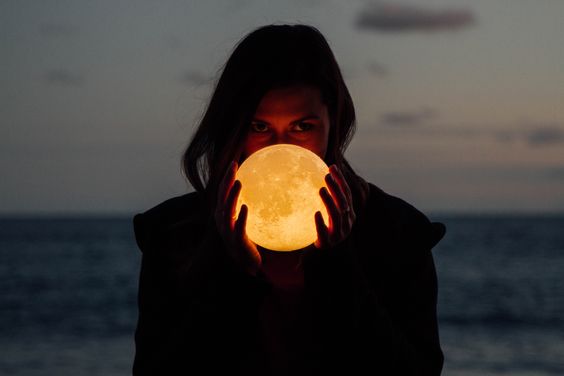
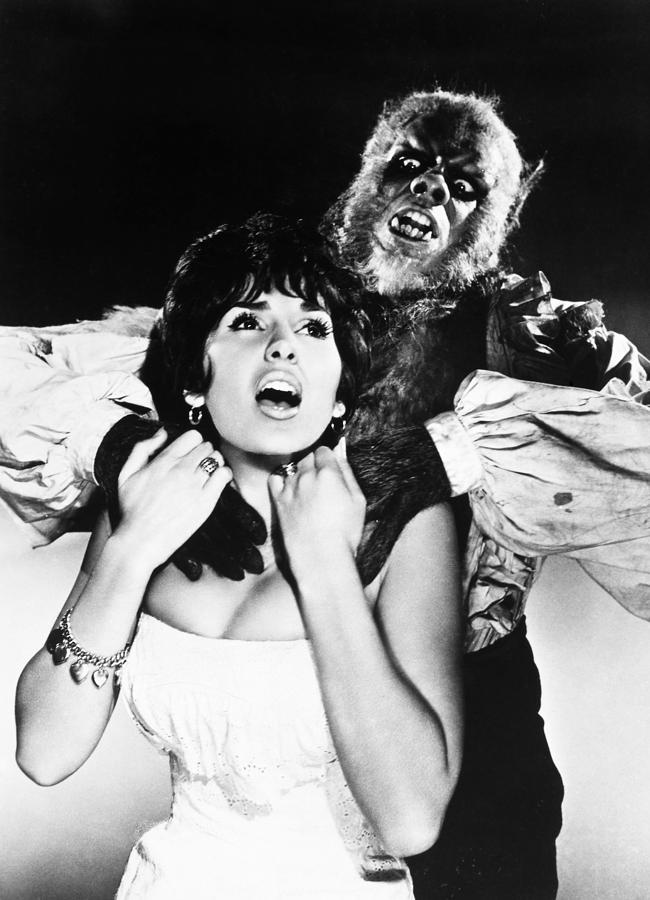
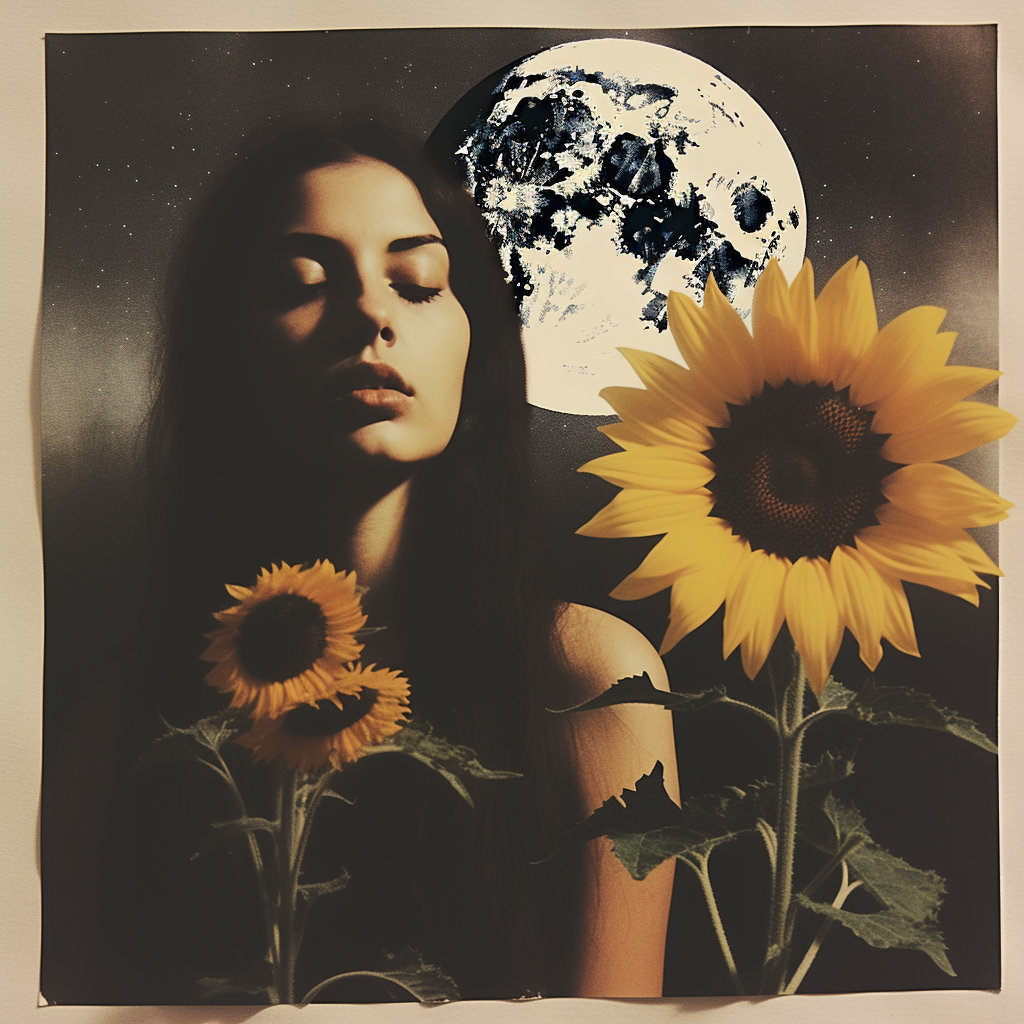
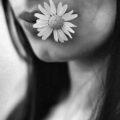

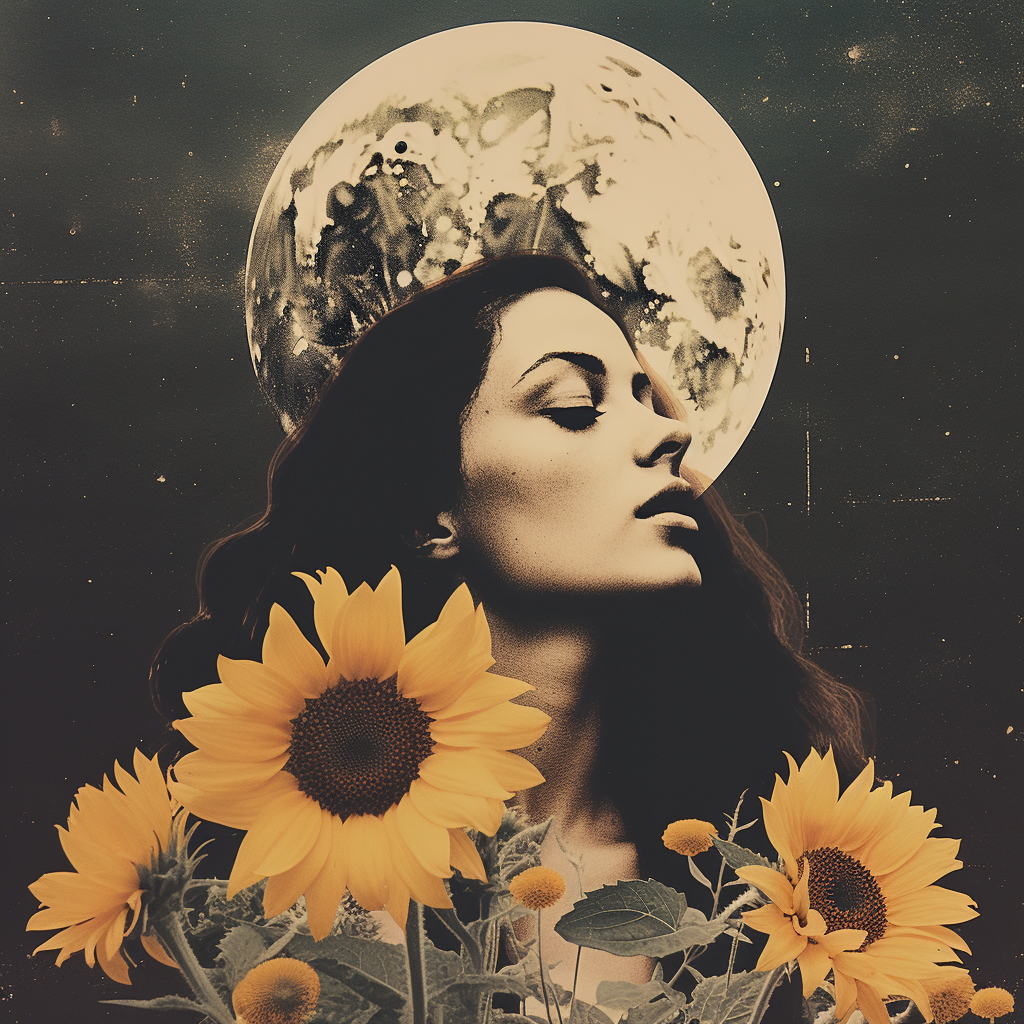
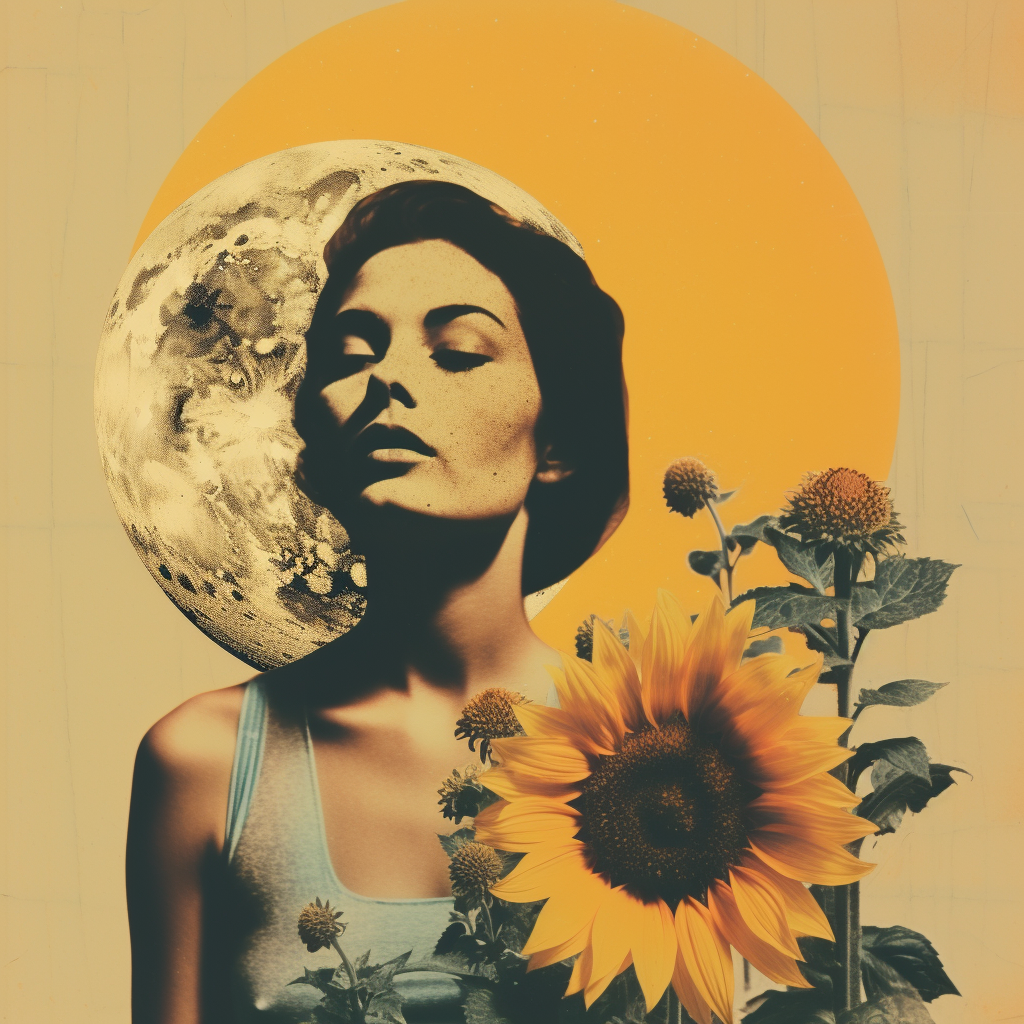
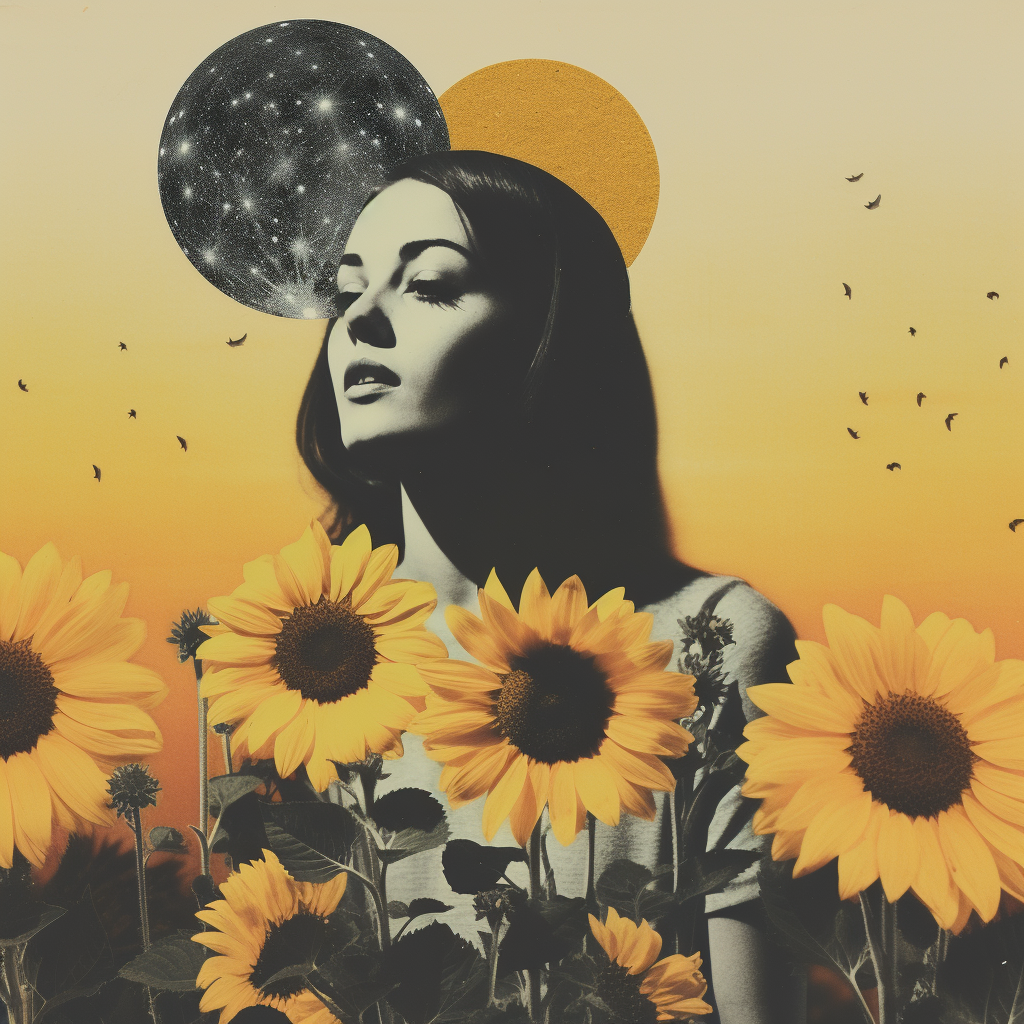

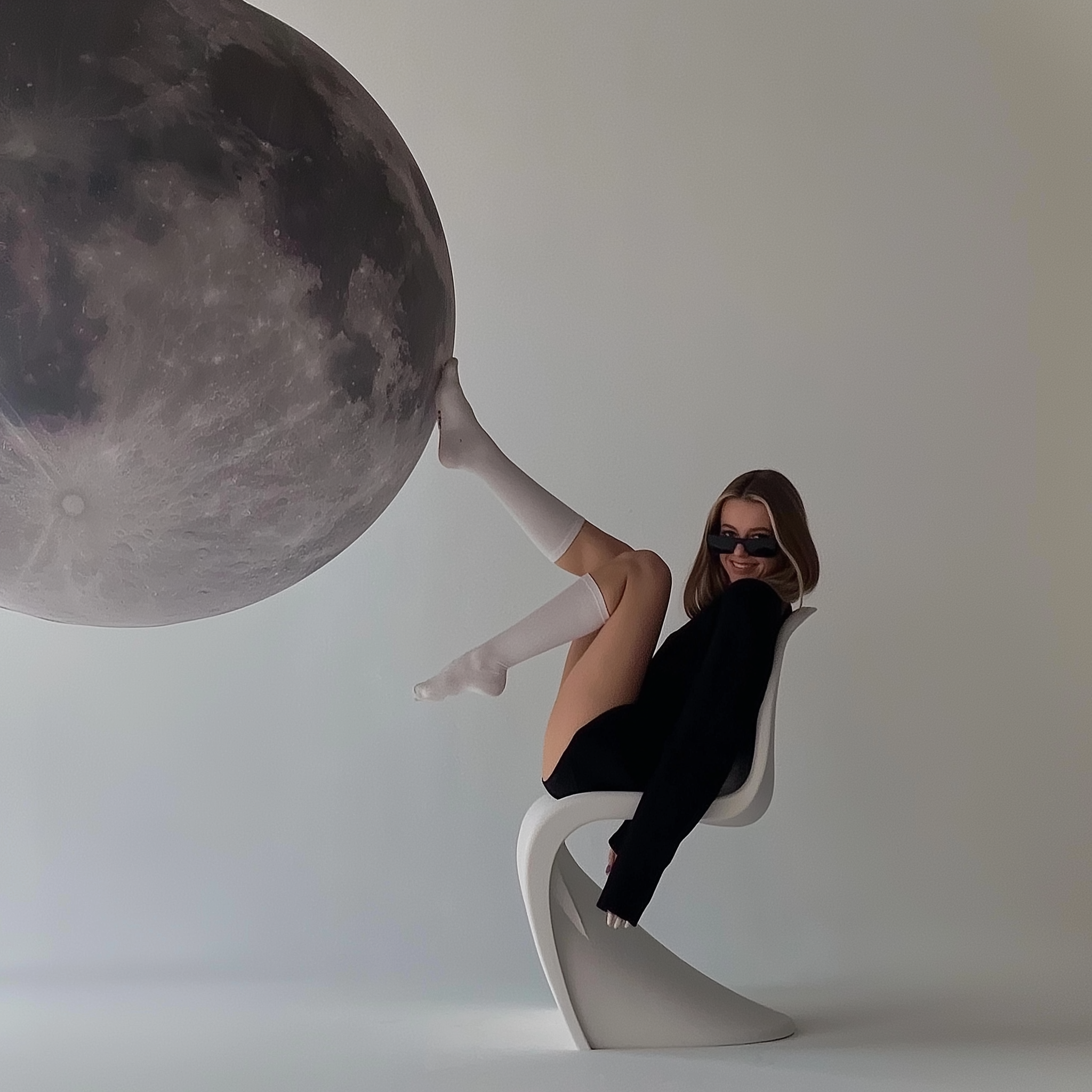
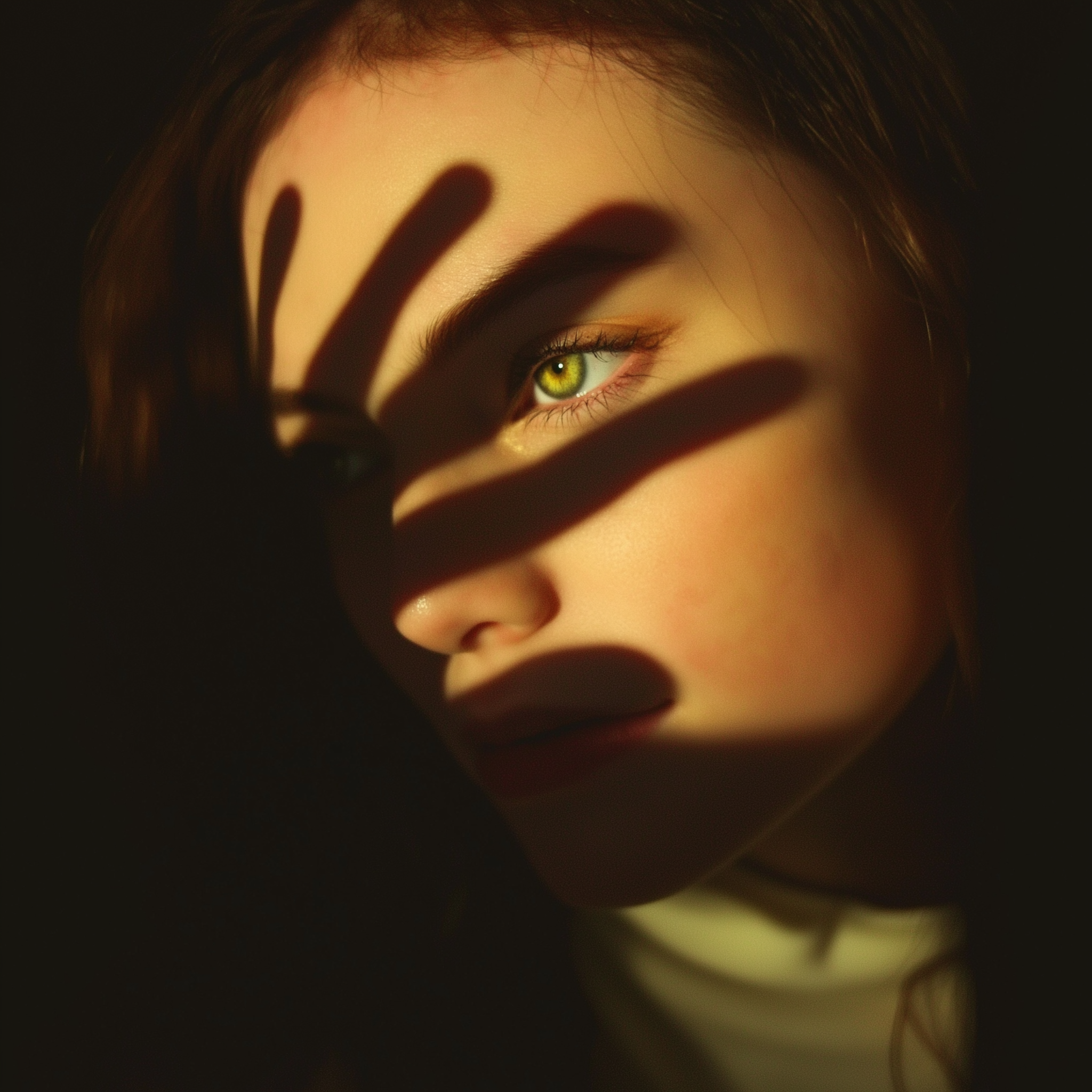
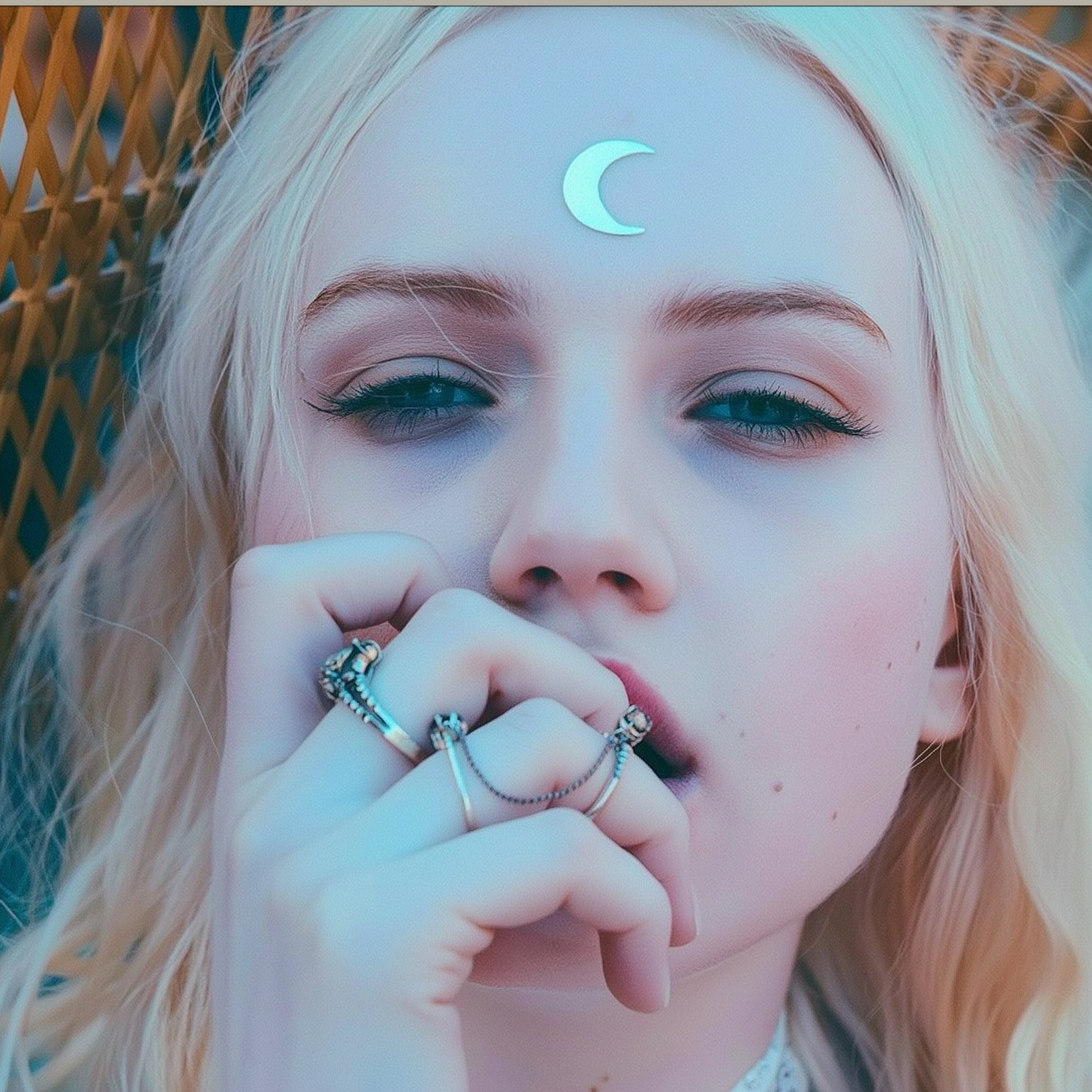
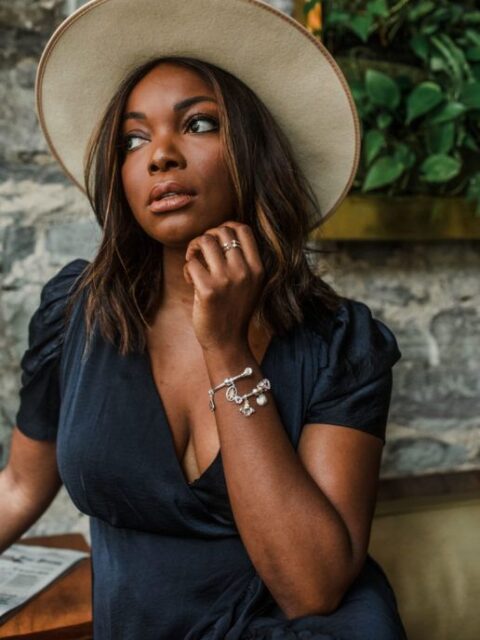

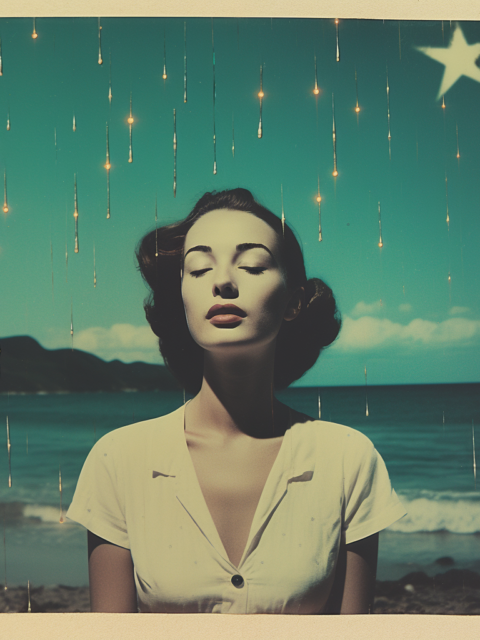
 Mars-Pluto Synastry: Something Quite Dark and Dangerous
Mars-Pluto Synastry: Something Quite Dark and Dangerous
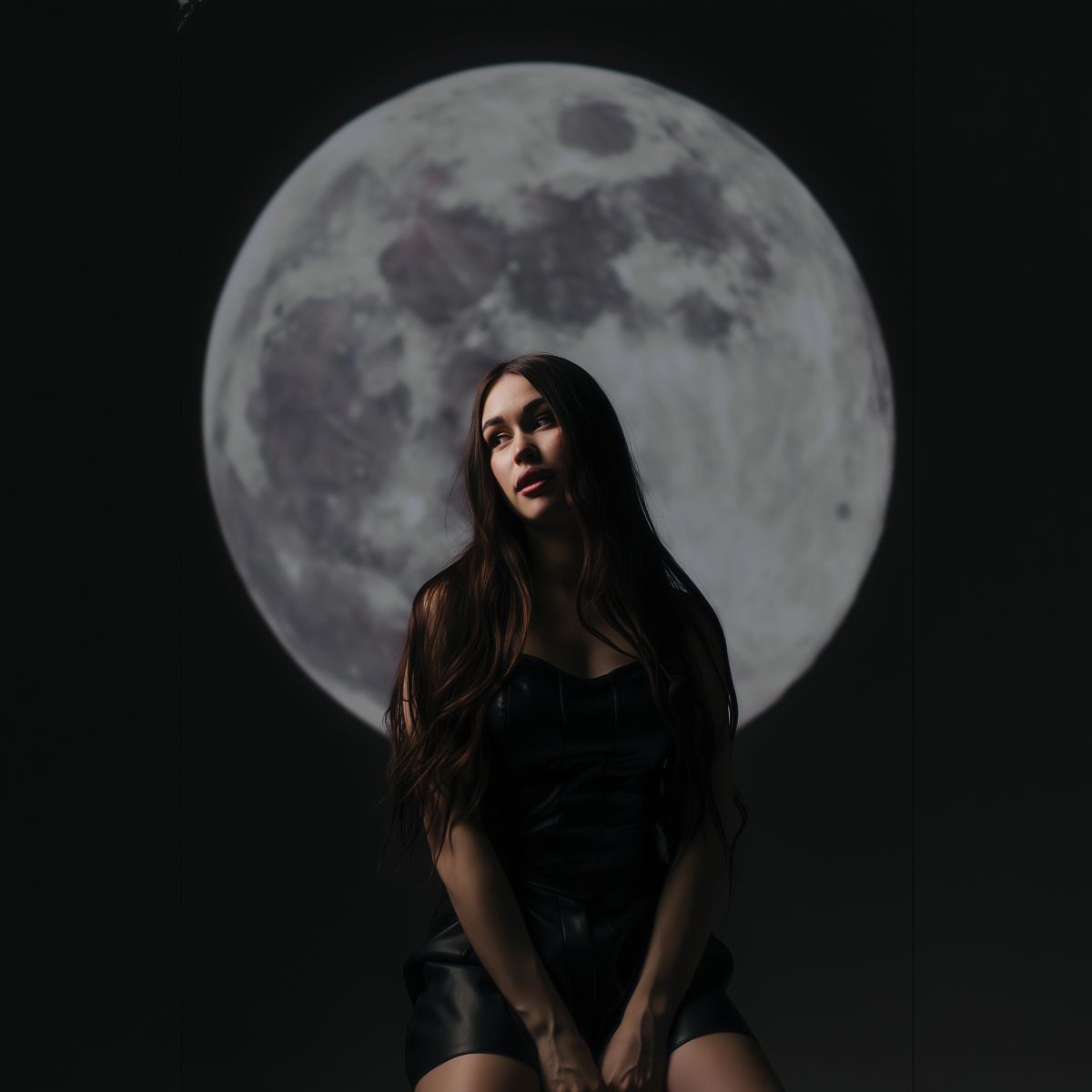 Moon Conjunct Pluto Natal Aspect: Emotional X-Ray Vision – Seeing Through Souls Since Birth
Moon Conjunct Pluto Natal Aspect: Emotional X-Ray Vision – Seeing Through Souls Since Birth
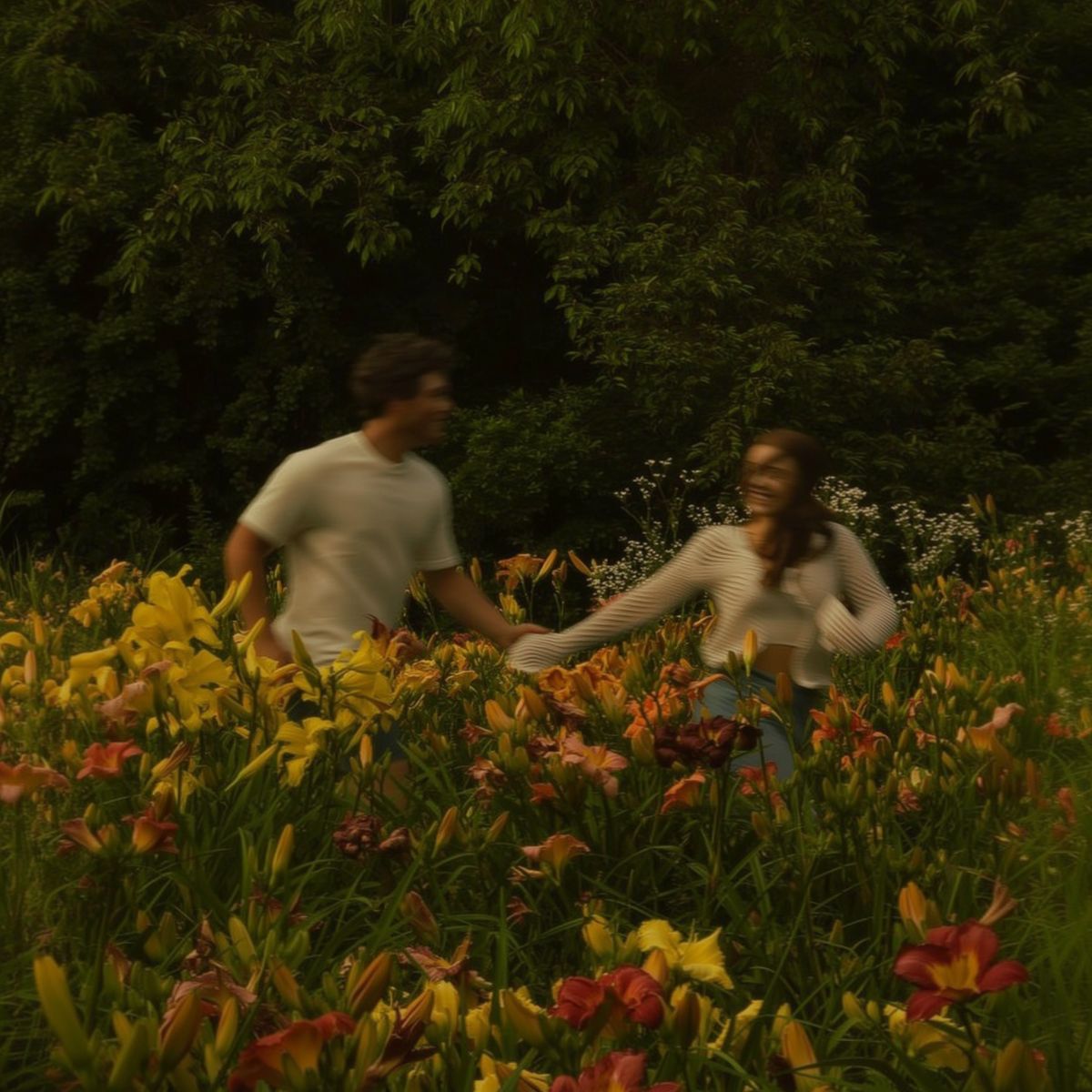 Venus Trine Mars Synastry
Venus Trine Mars Synastry
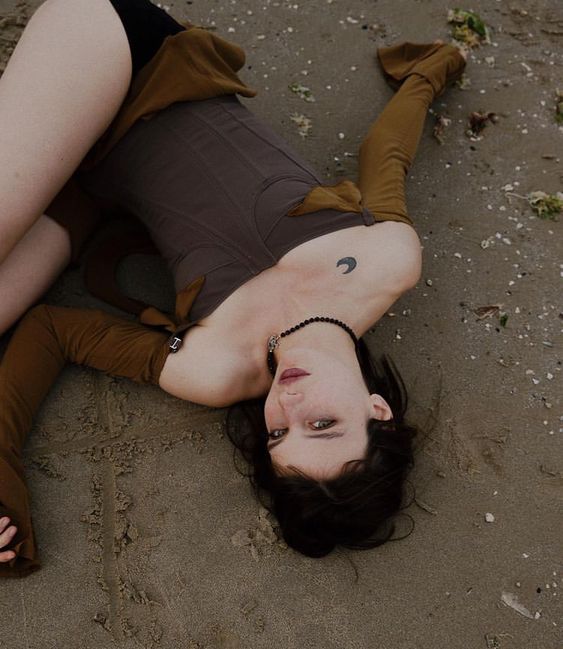 Moon Trine Pluto: Dancing with Shadows
Moon Trine Pluto: Dancing with Shadows
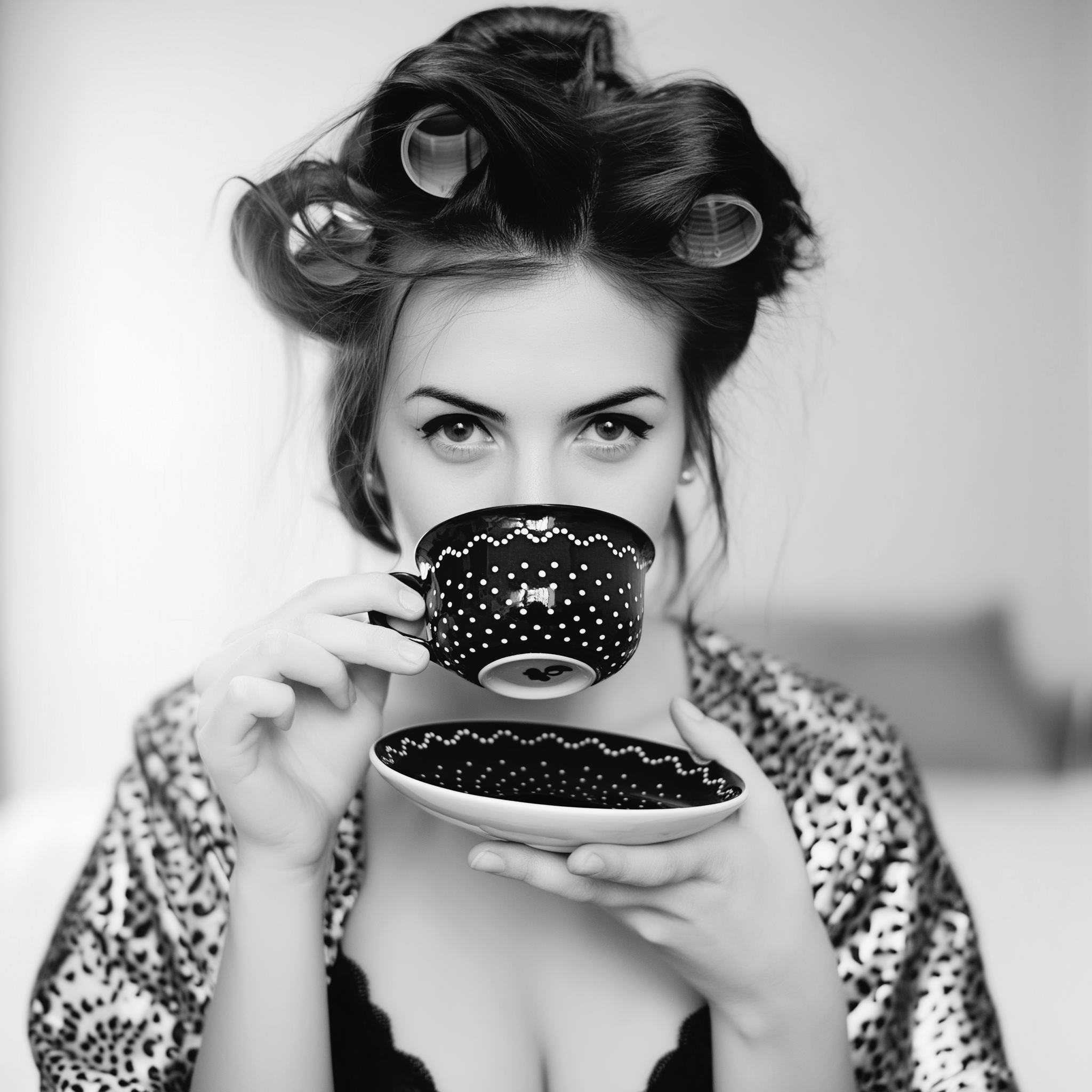 Mercury Square Pluto Natal Aspect
Mercury Square Pluto Natal Aspect
 Sun Square Mars Natal Aspect
Sun Square Mars Natal Aspect
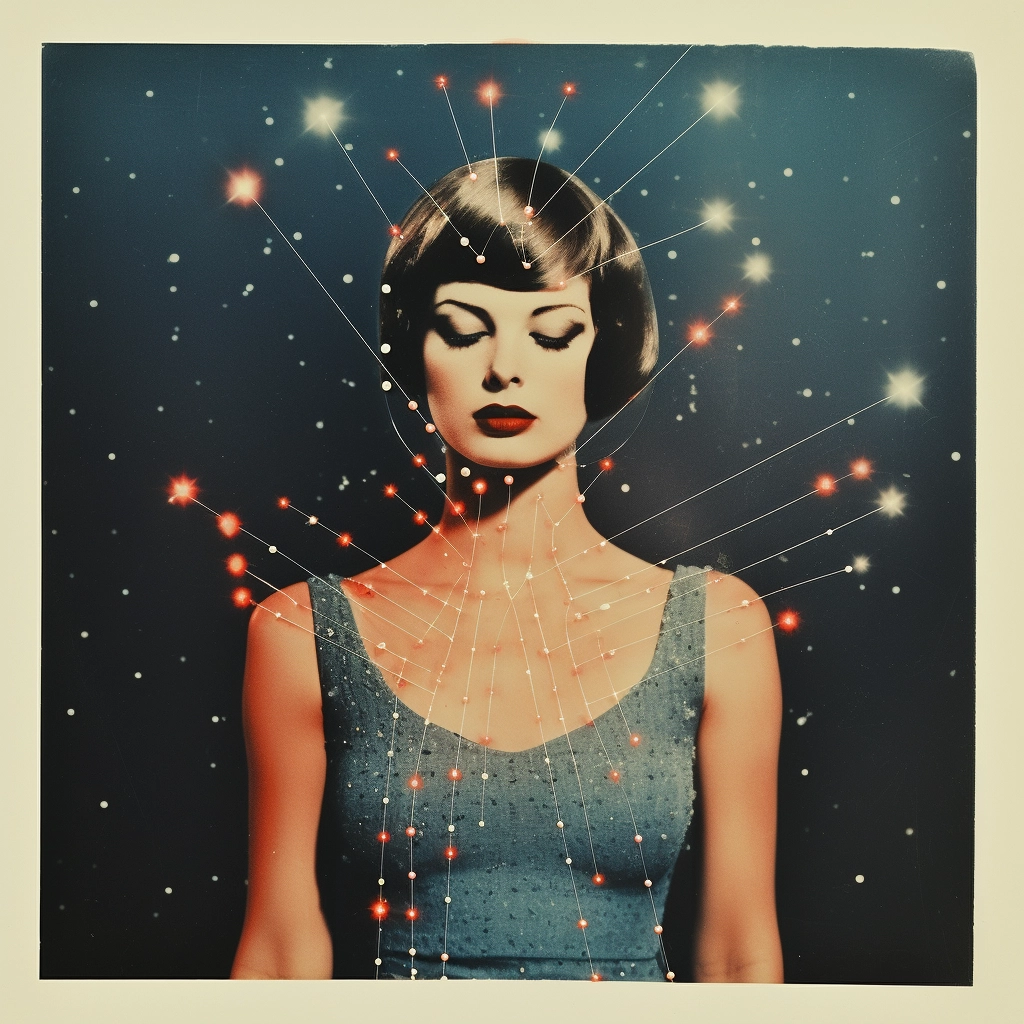 Uranus Transits the 3rd House: Intellectual Shifts and Discovery
Uranus Transits the 3rd House: Intellectual Shifts and Discovery
 Astrology: Stalking and the Pluto Effect – Part 1
Astrology: Stalking and the Pluto Effect – Part 1
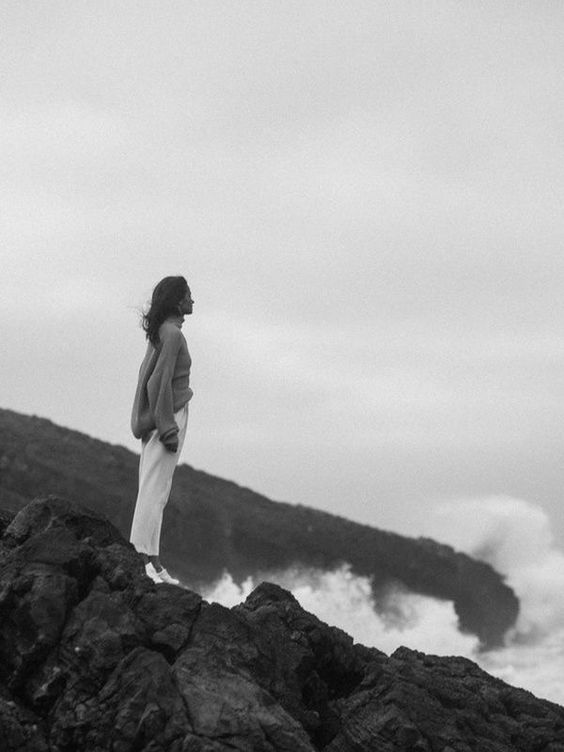 Pluto Opposite Midheaven Natal
Pluto Opposite Midheaven Natal
 Moon Trine Jupiter Natal Aspect: Your Happy Place
Moon Trine Jupiter Natal Aspect: Your Happy Place
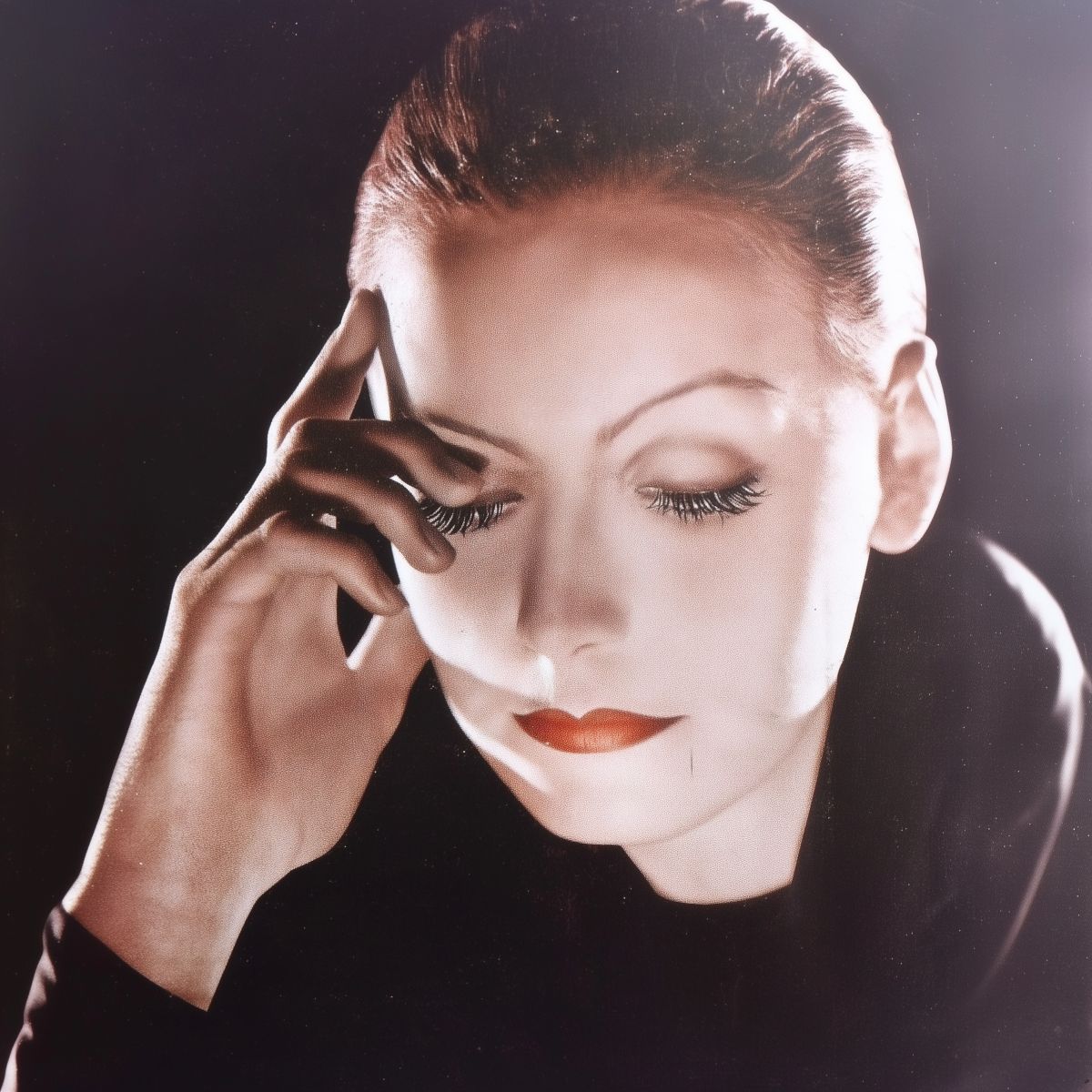 Mars Opposite Pluto Natal Aspect: Live Passionately or Burn Silently
Mars Opposite Pluto Natal Aspect: Live Passionately or Burn Silently
 Sun Square Pluto Synastry: You’ve Got That Power Over Me
Sun Square Pluto Synastry: You’ve Got That Power Over Me
 Venus Trine Neptune: Love, Tenderness, and Empathy Reign
Venus Trine Neptune: Love, Tenderness, and Empathy Reign
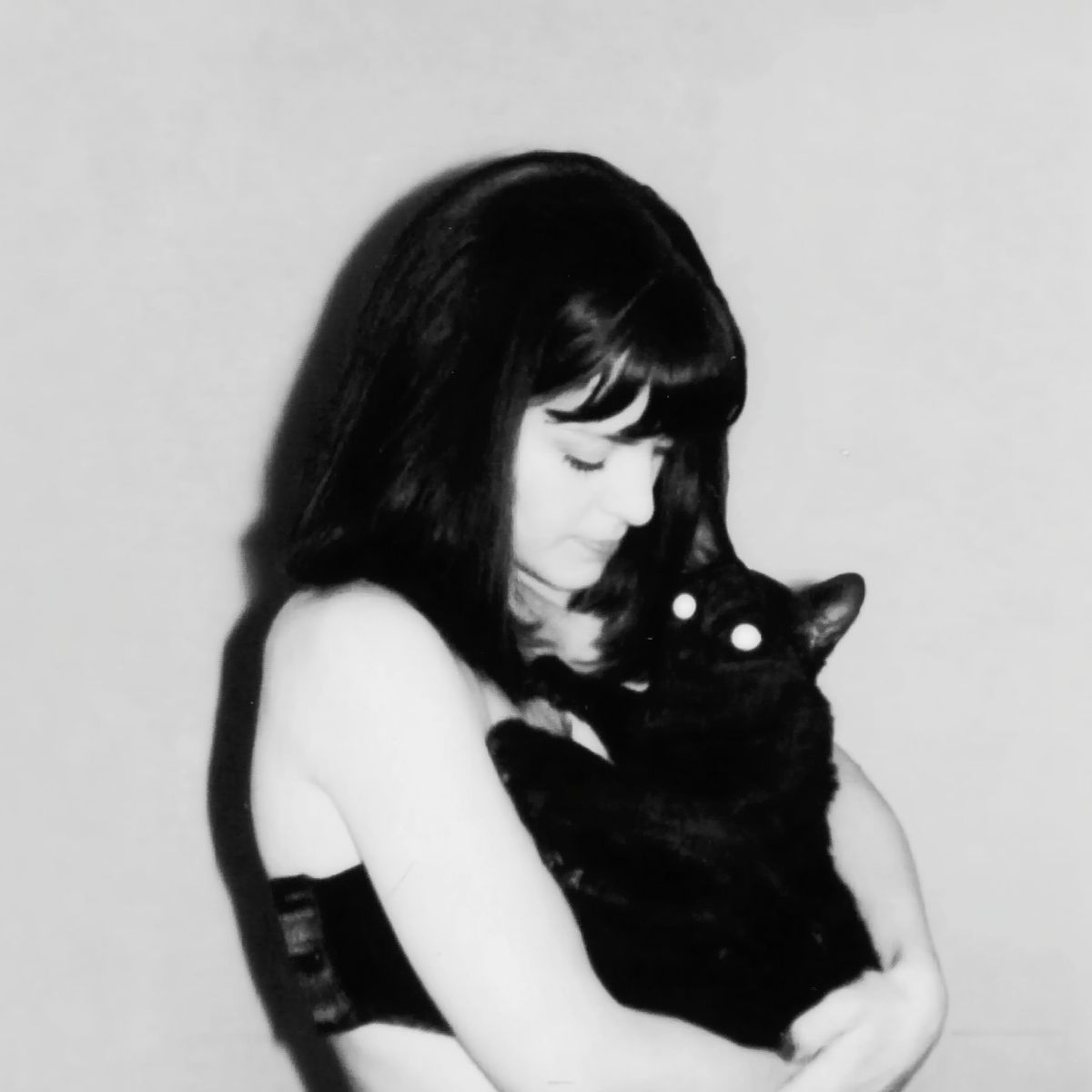 The Progressed Moon Aspects Pluto: Emotional Déjà Vu — Haven’t We Screamed Here Before?
The Progressed Moon Aspects Pluto: Emotional Déjà Vu — Haven’t We Screamed Here Before?
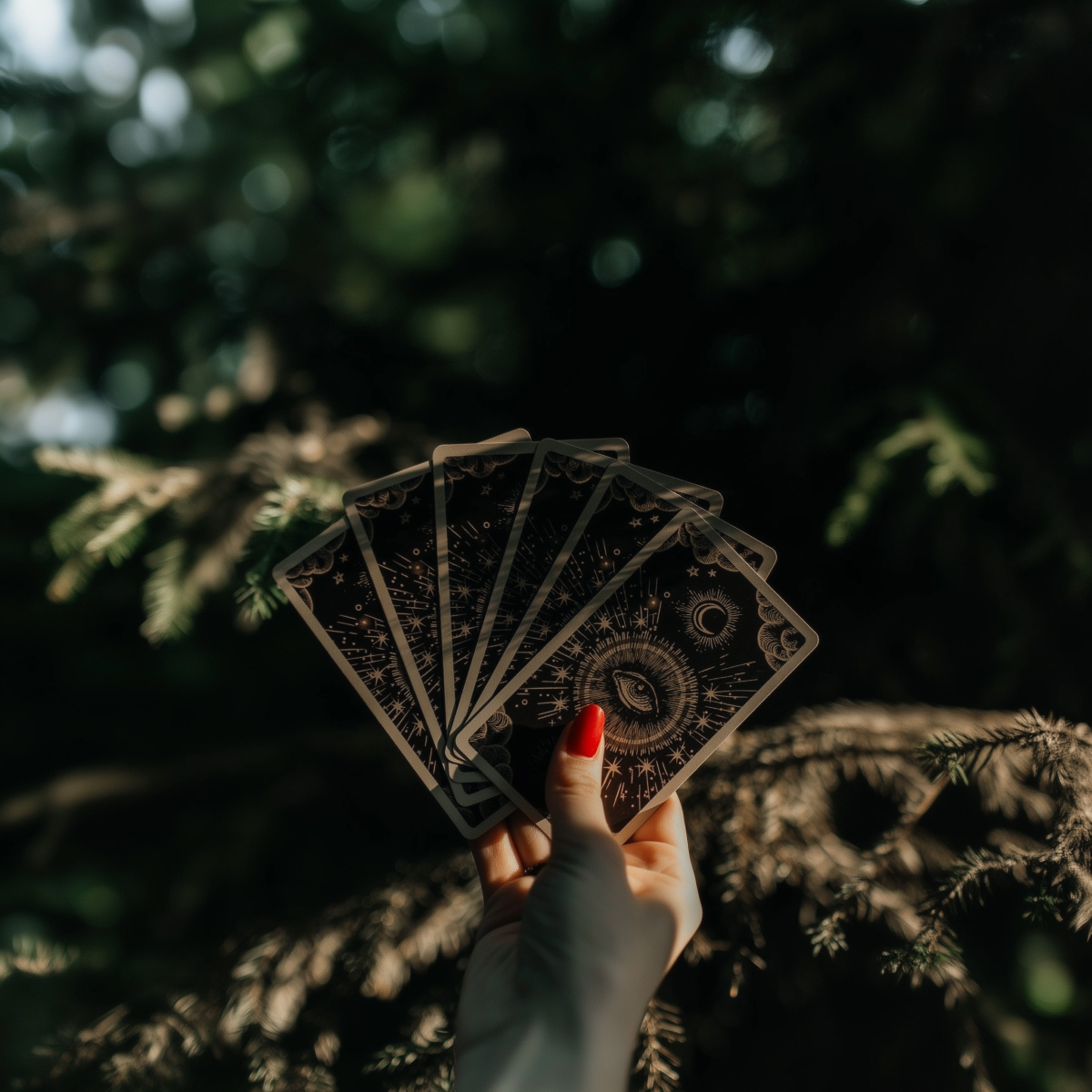 Mars Trine Neptune Natal Aspect
Mars Trine Neptune Natal Aspect
 Mercury in the 12th House
Mercury in the 12th House
 Mars in the 12th House: The Art of Repressed Rage
Mars in the 12th House: The Art of Repressed Rage
 Uranus Transits the 6th House
Uranus Transits the 6th House
 Venus in the 12th House: Love Lost and Found
Venus in the 12th House: Love Lost and Found
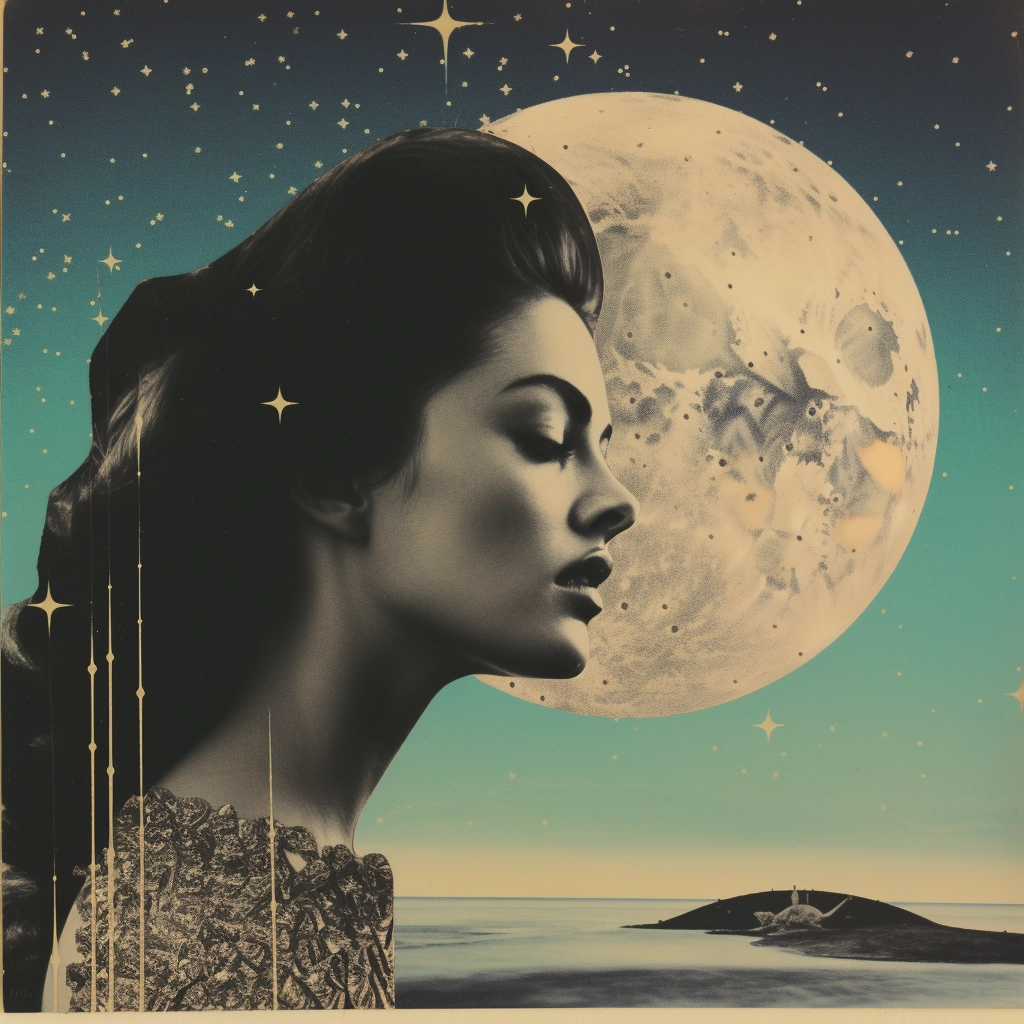 Moon-Neptune Aspects: A Super Sensitive Soul
Moon-Neptune Aspects: A Super Sensitive Soul